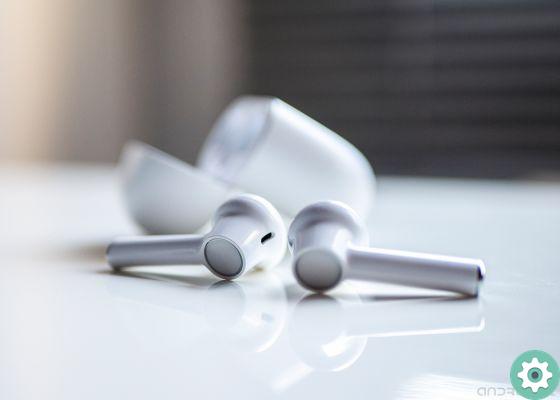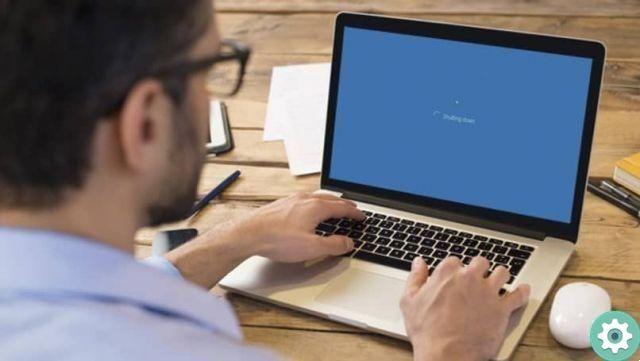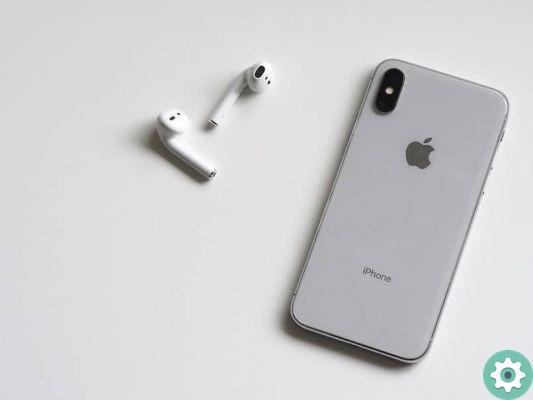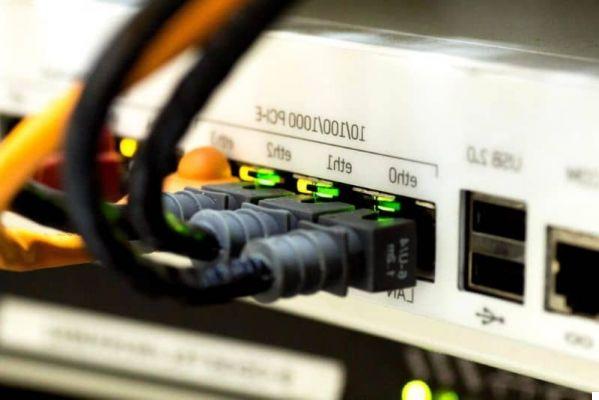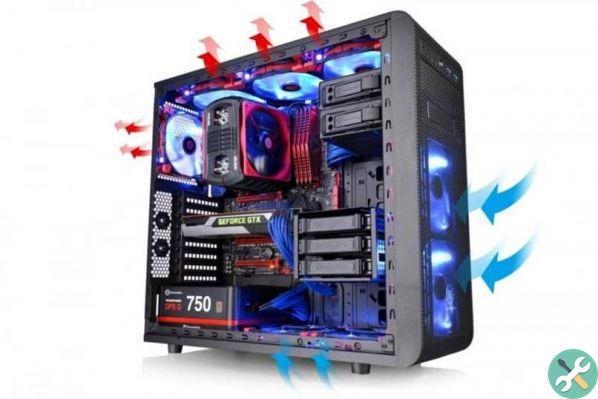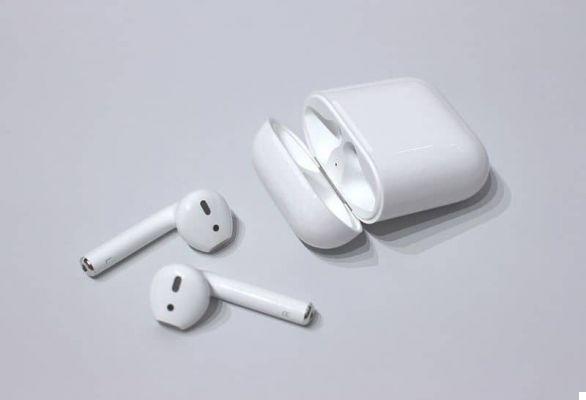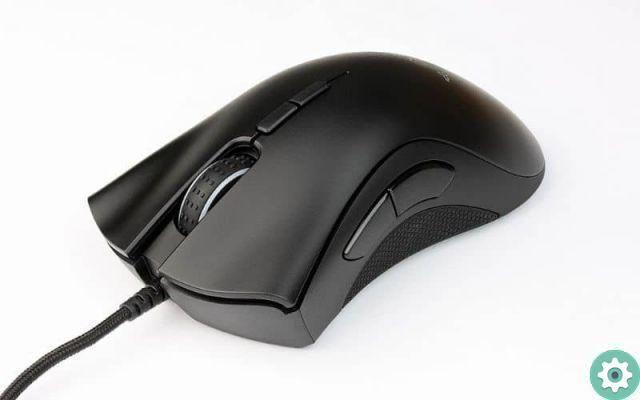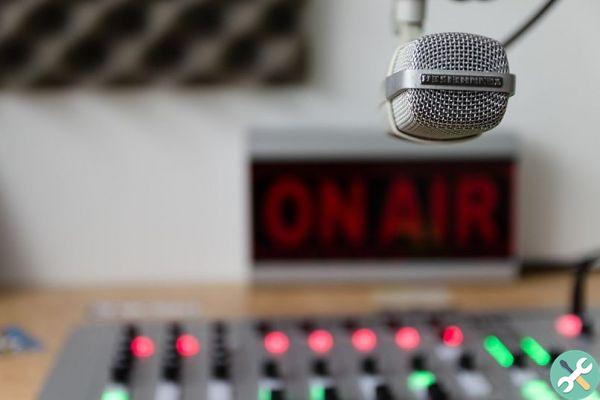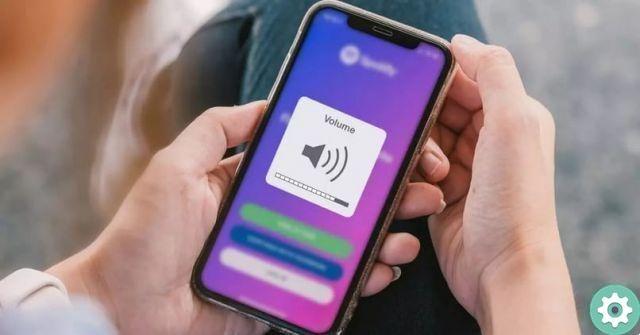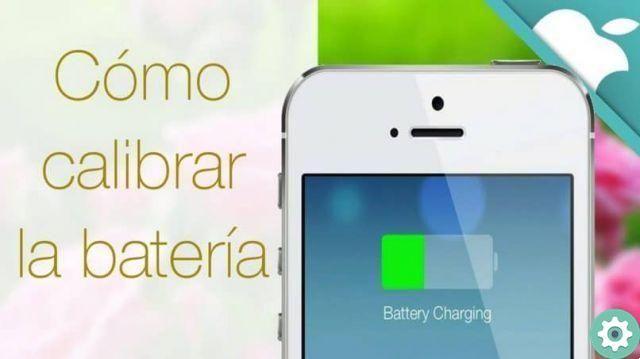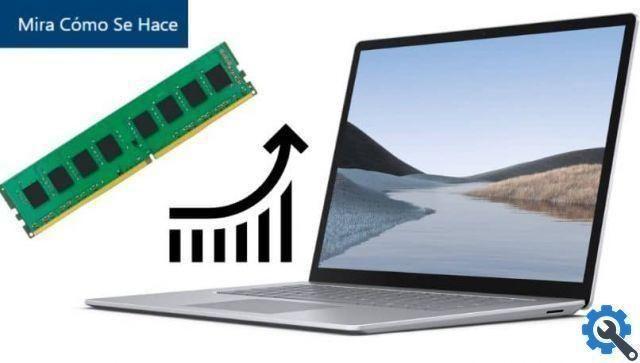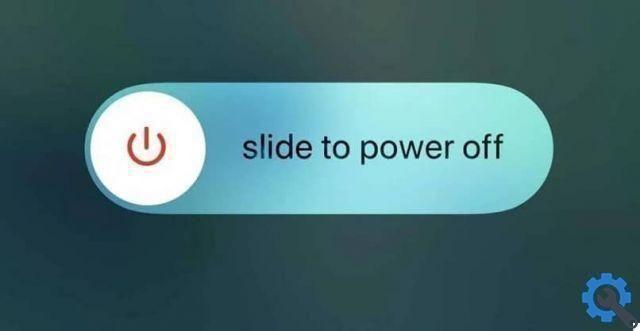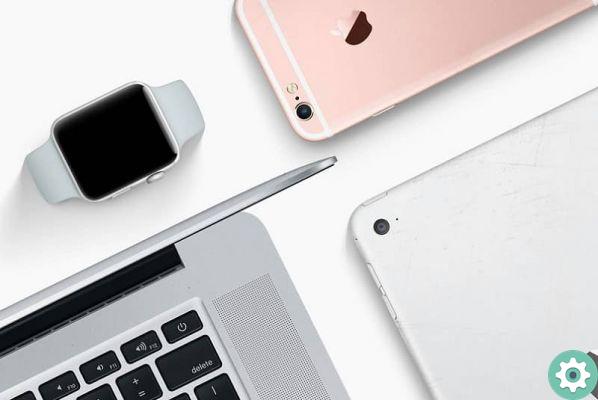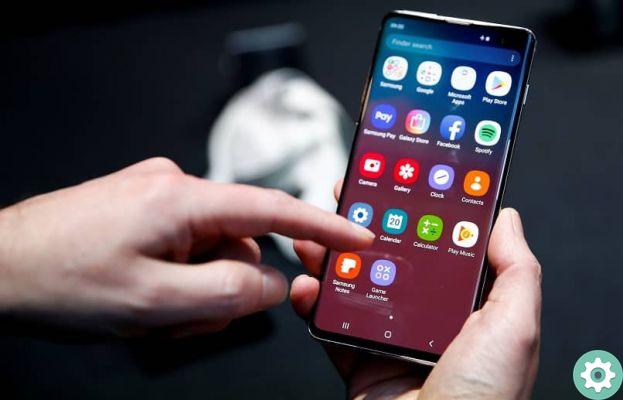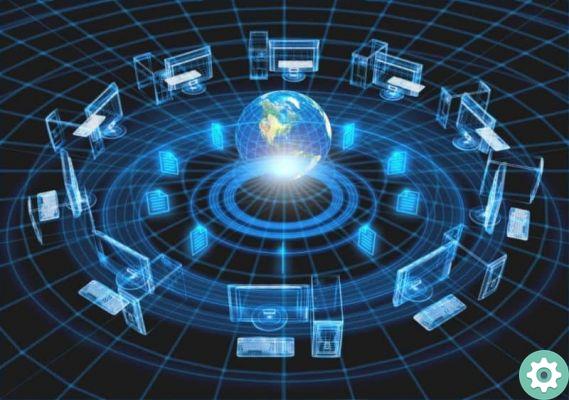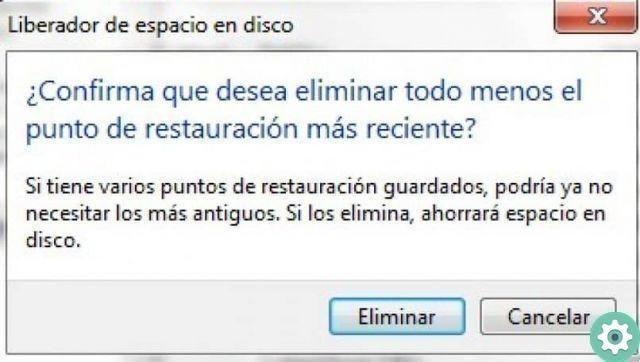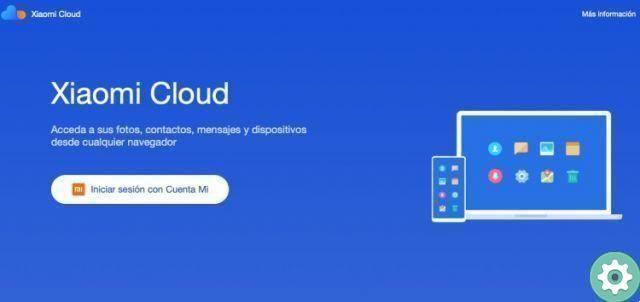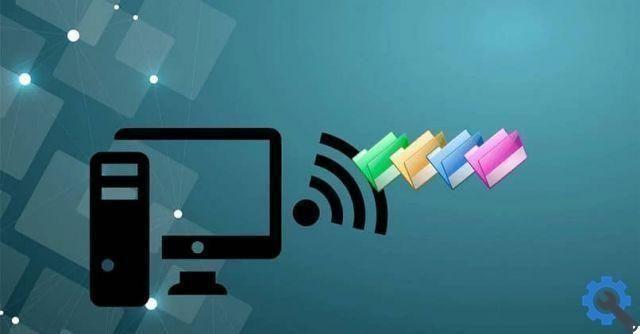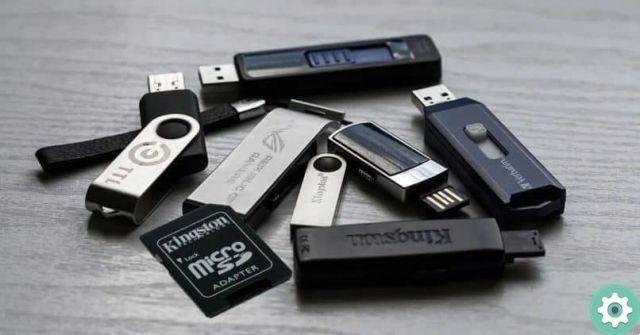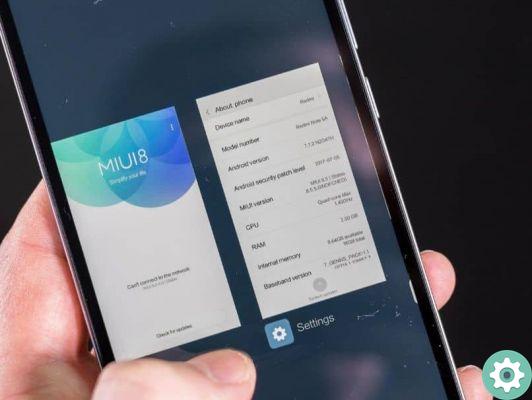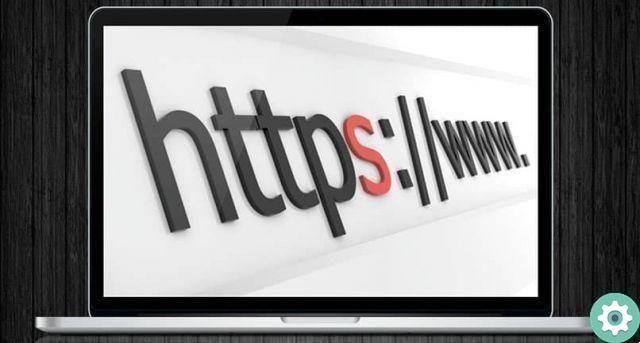On this occasion, we will explain what to do if your desktop or laptop computer does not recognize your portable hard drive when you connect it via the USB port. Likewise, this article will detail the various existing solutions that can help the outdoor unit a return to its normal functions.
The most common reason why the PC does not recognize the external hard drive or flash drive is because of a bad application to format the disk or that the drivers need to be updated to work.
Most of the time, it's a problem simple to solve and today we will guide you so that you can solve this problem by yourself.
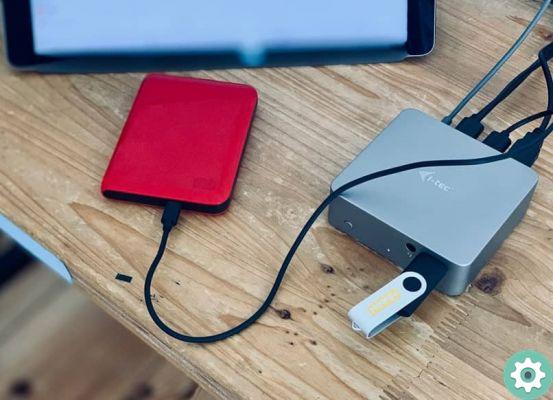
How do I know that the external hard drive is not recognized?
This occurs when the external hard drive is connected via USB, it does not emit an LED light which is by default in its design to alert the user that the drive has been recognized.
This can also be verified if the drive makes mechanical sounds from its internal design when connected to the USB port. If this is the case, go to " My computer or this computer »Being the version of Windows you have installed on your desktop or laptop respectively.
Having identified this anomaly, click on the Start icon on the desktop bar and you will go to the "Control Panel" where you need to locate the "Device Manager" option. This way you will be able to find out if the device is in the list of USB devices that the equipment is reading at the moment.
If the device looks like yes, go back to the desktop and click Start, then right click on » My computer or this computer »Now another click on« Manage »in the left panel which you expand into memory.
You will see in the lower right panel that all those hardware devices are highlighted, which are shown in detail.
Now, if the removable hard drive does not show up here, it is because the problem it presents is not a software problem, it is hardware. This indicates that there has been improper use of the device, maintenance or falls suffered by the device altering its complex internal mechanics.
If not, look at the drive in the bottom right pane of "Disk Management" and look at the opening block that appears which contains information about it.
This will be shown with the volume name "MyDisck" or with a Windows name like "E"; refers to the size, the NTFS file system and its state. In case the system shows the name "RAW", the device contains corrupted information in the disk check files.
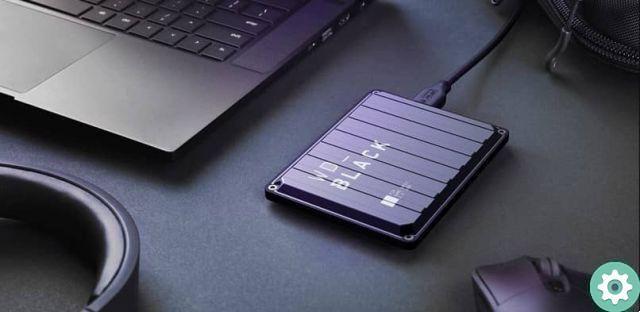
Format my external hard drive
External hard drives unlike solid drives, are configured to use two types of formats such as: FAT32 e NTFS using Windows system. The main reason the system does not recognize the device is because it does not have the correct reading settings.
Therefore, the flash drive has this reading problem for unknown reasons, it will perform a format of the drive to give it a new reading configuration. It goes from Start with one click and in the search bar it will write "This computer or My computer" will show the physical disk inside the computer and the external disk.
Right click on the external hard drive icon, a small window will pop up and go up "Property" here choose the "Format" option and in a bullet point it will show two types of reading format " FAT32 e NTFS «.
Select the format » FAT32 »And start formatting in the normal way, selecting« Start »in this way, the device will take a few minutes to be ready with a message indicating the completion of the operation.
In this way, the device is operational to continue its storage operation with normalcy and proper operation when connected to a computer or device compatible with a mass storage flash drive. Remember to constantly check the status of your hard drive for errors.




